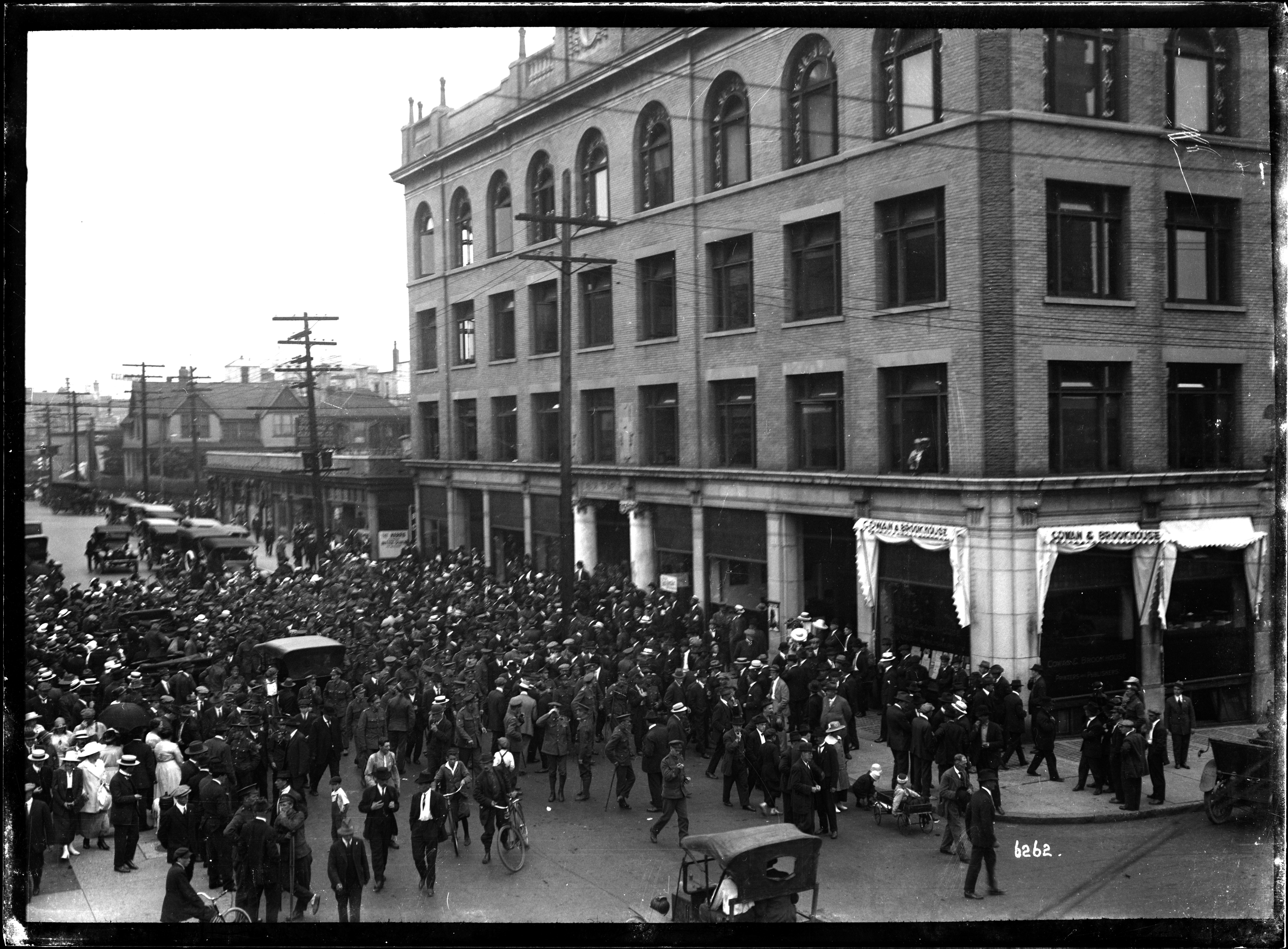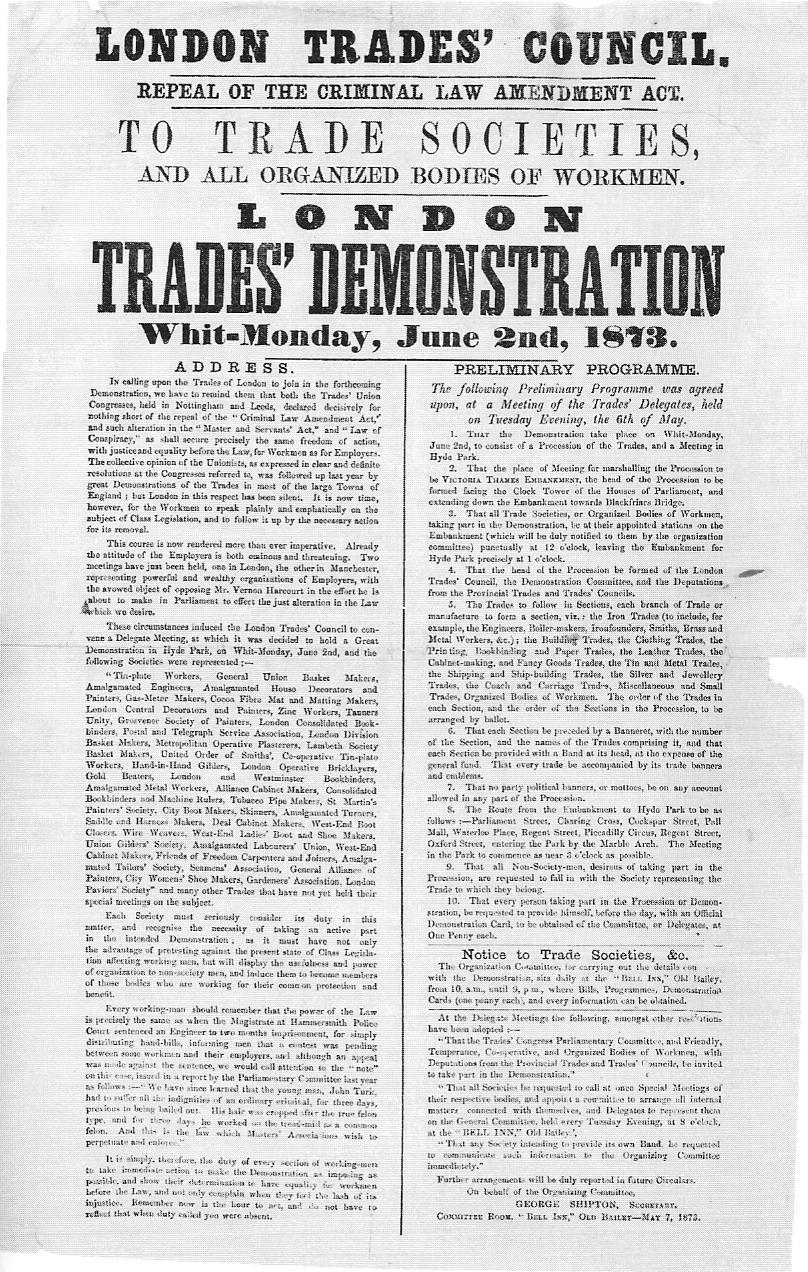|
Bargaining Unit
A bargaining unit, in labor relations, is a group of employees with a clear and identifiable community of interests who is (under US law) represented by a single labor union in collective bargaining Collective bargaining is a process of negotiation between employers and a group of employees aimed at agreements to regulate working salaries, working conditions, benefits, and other aspects of workers' compensation and labour rights, rights for ... and other dealings with management. Examples are non-management professors, law enforcement professionals, blue-collar workers, and clerical and administrative employees. Geographic location and the number of facilities included in bargaining units may be issues during representation cases. The size of a company does not relate to the size of a bargaining unit. Bargaining units must consist of at least three employees, and must have the support of a majority of employees in the bargaining unit. However, the bargaining unit can be a small ... [...More Info...] [...Related Items...] OR: [Wikipedia] [Google] [Baidu] |
Labor Relations
Labour relations in practice is a subarea within human resource management, and the main components of it include collective bargaining, application and oversight of collective agreement obligations, and dispute resolution. Academically, employee relations, another related term, is considered a subarea of labour relations, and both taxonomically fall under the broader field of industrial relations. Labour relations is defined as "for or with whom one works and under what rules. These rules (implicit or explicit, written or unwritten) determine the type of work, type and amount of remuneration, working hours, degrees of physical and psychological strain, as well as the degree of freedom and autonomy associated with the work." Labour relations is also known as labour studies in liberal arts and is a multidisciplinary field that draws from economics, sociology, history, law, and political science. Scholars in this field examine labour unions and labour movements. In an interdiscipli ... [...More Info...] [...Related Items...] OR: [Wikipedia] [Google] [Baidu] |
Labor Union
A trade union (British English) or labor union (American English), often simply referred to as a union, is an organization of workers whose purpose is to maintain or improve the conditions of their employment, such as attaining better wages and Employee benefits, benefits, improving Work (human activity), working conditions, improving safety standards, establishing complaint procedures, developing rules governing status of employees (rules governing promotions, just-cause conditions for termination) and protecting and increasing the bargaining power of workers. Trade unions typically fund their head office and legal team functions through regularly imposed fees called ''union dues''. The union representatives in the workforce are usually made up of workplace volunteers who are often appointed by members through internal democratic elections. The trade union, through an elected leadership and bargaining committee, bargains with the employer on behalf of its members, known as t ... [...More Info...] [...Related Items...] OR: [Wikipedia] [Google] [Baidu] |
Collective Bargaining
Collective bargaining is a process of negotiation between employers and a group of employees aimed at agreements to regulate working salaries, working conditions, benefits, and other aspects of workers' compensation and labour rights, rights for workers. The interests of the employees are commonly presented by representatives of a trade union to which the employees belong. A collective agreement reached by these negotiations functions as a Labor and employment law, labour contract between an employer and one or more unions, and typically establishes terms regarding wage scales, working hours, training, health and safety, overtime, Grievance (labour), grievance mechanisms, and rights to participate in workplace or company affairs. Such agreements can also include 'productivity bargaining' in which workers agree to changes to working practices in return for higher pay or greater job security. The union may negotiate with a single employer (who is typically representing a company's s ... [...More Info...] [...Related Items...] OR: [Wikipedia] [Google] [Baidu] |
Labor Relations
Labour relations in practice is a subarea within human resource management, and the main components of it include collective bargaining, application and oversight of collective agreement obligations, and dispute resolution. Academically, employee relations, another related term, is considered a subarea of labour relations, and both taxonomically fall under the broader field of industrial relations. Labour relations is defined as "for or with whom one works and under what rules. These rules (implicit or explicit, written or unwritten) determine the type of work, type and amount of remuneration, working hours, degrees of physical and psychological strain, as well as the degree of freedom and autonomy associated with the work." Labour relations is also known as labour studies in liberal arts and is a multidisciplinary field that draws from economics, sociology, history, law, and political science. Scholars in this field examine labour unions and labour movements. In an interdiscipli ... [...More Info...] [...Related Items...] OR: [Wikipedia] [Google] [Baidu] |
Trade Unions
A trade union (British English) or labor union (American English), often simply referred to as a union, is an organization of workers whose purpose is to maintain or improve the conditions of their employment, such as attaining better wages and Employee benefits, benefits, improving Work (human activity), working conditions, improving safety standards, establishing complaint procedures, developing rules governing status of employees (rules governing promotions, just-cause conditions for termination) and protecting and increasing the bargaining power of workers. Trade unions typically fund their head office and legal team functions through regularly imposed fees called ''union dues''. The union representatives in the workforce are usually made up of workplace volunteers who are often appointed by members through internal democratic elections. The trade union, through an elected leadership and bargaining committee, bargains with the employer on behalf of its members, known as t ... [...More Info...] [...Related Items...] OR: [Wikipedia] [Google] [Baidu] |



